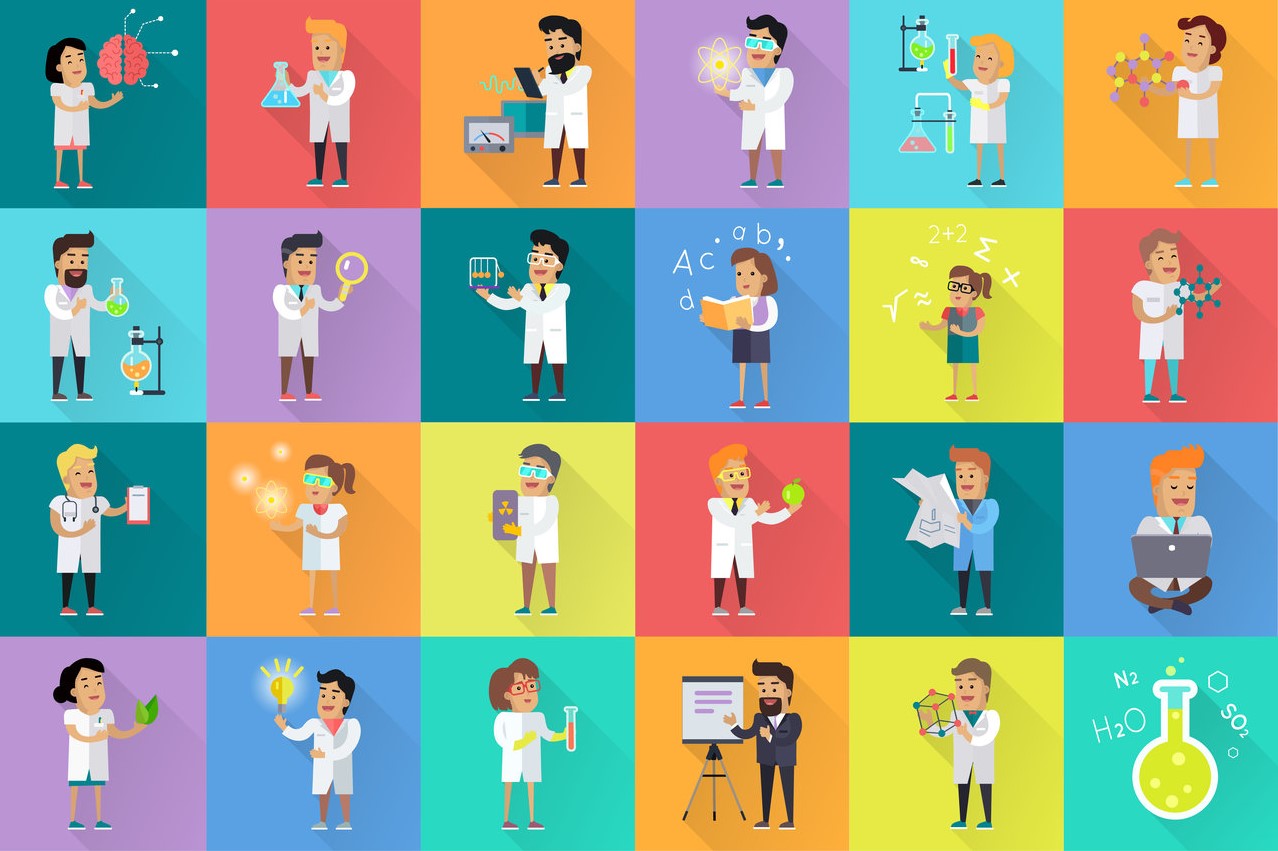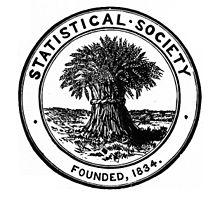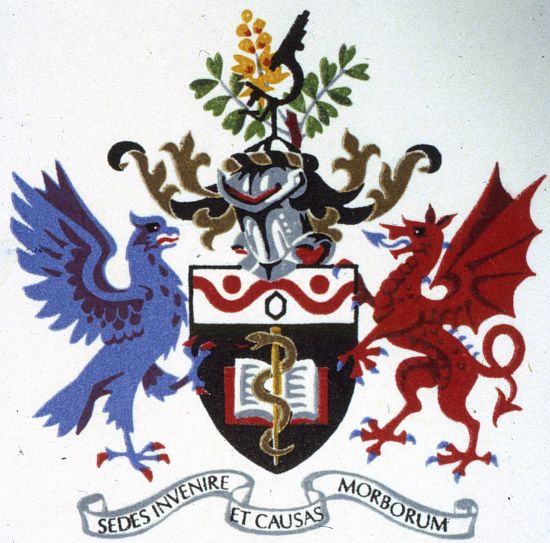
When most people think of who tackles cancer in our society the first thing that comes to mind is the doctor. This may be the GP or the oncologist. However, some professions that play key roles in designing, monitoring and running our cancer prevention programmes are often overlooked.
In this blog, we discuss five careers which are not immediately obviously linked to cancer prevention and their contribution to the field.
- Statisticians
From designing the randomised trials to show that (breast, colorectal or lung) screening is effective to monitor the ongoing effectiveness of programmes, statisticians are key in producing quantitative evidence to support the introduction or ongoing provision of these prevention services. In fact, many of the more high-profile individuals working in cancer prevention are statisticians. For example, Professor Rhian Gabe who has been leading on the evaluation of the Yorkshire Lung Screening Trial.

Statisticians (like Ivana Sestak) have also been key in designing trials to assess the benefit of cancer chemoprevention (endocrine therapy for the prevention of breast cancer and Aspirin for the prevention of cancer).
These two statisticians are building on the work started by our very own Peter Sasieni together with Jack Cuzick and Stephen Duffy – all three of whom are statisticians.
- Psychologists
A prevention programme is only successful if participants understand what the programme is aiming for and choose to engage with it. Assessing what factors increase or decrease engagement with screening is mostly done by behavioural scientists most of whom have a background in health psychology. Psychologists have also been key in driving ‘lifestyle’ approaches to cancer prevention – e.g. smoking and diet. For example, Linda Bauld has been instrumental in driving the UK’s smoking control strategies.
Understanding what makes an intervention acceptable and hence more likely to be widely used is key when planning or when optimising any cancer prevention programme. Most of the information leaflets used in screening programmes have been produced in collaboration with psychologists, such as Jo Waller and Sammy Quaife. Furthermore, a lot of the work into inequalities in screening, including how ethnicity influences engagement with screening, is being led by health psychologists such as Laura Marlow.
We have, on this blog, certainly been following their work as so far have interviewed two prominent behavioural scientists for our blog: Jo Waller and Kirsten McCaffery.

Finally, as we moved towards risk-stratified screening, current research is focusing on exploring the acceptability of these strategies. In fact, our newest PhD student Charlotte Kelley Jones has joined our team to find out exactly that!
- Physicists
The breast screening programme relies on reading mammograms to identify early-stage cancers. They even have guidelines for medical physics services. All radiologists need to have a very high level of physics. One of the main roles of the physicist in the NHS Breast Screening Programme (BSP) is to advise services on the optimisation of image quality – how to achieve the required image quality while keeping radiation doses as low as practicable. Medical physicists (such as Ken Young) are also tasked with detecting any deterioration in image quality that might not be apparent in clinical images, but which would reduce the diagnostic accuracy and sensitivity of the programme.

The optimisation of mammograms and other imaging techniques used in screening (CT scans, for example) has involved collaborative work across physics (such as Sara Bohbdiek), physicians and computer scientists. In fact, imaging techniques have evolved so far that, as we reported recently we expect that artificial intelligence algorithms (AI) will soon be widely used in screening. We are currently collaborating with a physicist (Haris Shuaib) who is exploring the use of AI to better interpret magnetic resonance images to help clinicians improve treatment for cancer patients.
- Pathologists and virologists
Most screening programmes work by either diagnosing changes in tissue before they become cancer (cervix, colorectal) or by diagnosing cancer at an early stage hence reducing mortality (breast, colorectal and lung). The success of this hinges on the pathologist in charge of preparing these tissue samples, reading them and reporting results. Professor Sarah Pinder chairs an advisory committee for the NHS BSP.

Virologists have played a major role in improving the effectiveness of the cervical screening programme. Professor John Doorbar, for instance, has been instrumental in identifying and understanding the mechanisms by which the HPV virus causes the development of this cancer.
These professionals have also been key in establishing biobanks. Kate Cuschieri set up and manages the Scottish HPV Archive. She uses these essential sources of samples to develop biomarkers for the improved risk stratification of HPV infection.
- Research illustrators
The effective delivery of complex scientific research can be difficult to achieve. Digital technologies now make it possible to articulate research findings and theories to develop animations that contain both linear and interactive modular elements. The result is a novel method of delivery that is effective and understandable to diverse audiences, and which allows individuals with different backgrounds to appreciate complex research ideas that may otherwise be outside their remit.
Joe Brock from the Francis Crick Institute first collaborated with John Doorbar in 2002 and together developed an animated narrative that describes HPV infection through to the development of cancer. They went on to develop interactive controls allowing both viewers and presenters choices about timing and what is viewed. Widescreen high-resolution versions in .mp4 format have recently been produced that have linear narrative providing choices on timing and stop-start actions. The animations and content have been shown worldwide at high-level international research conferences, as part of colposcopy training courses, at educational seminars targeted to healthcare professionals, and in student training courses in the UK and overseas. The positive feedback and requests for copies of the animation from researchers, healthcare workers who administer prophylactic vaccination programs, and academic lecturers strongly suggest that this method of delivery facilitates understanding and makes a much greater impact on the audience than the use of still images alone. The key methodologies they developed for this project are transferable to all areas of explanation of emerging scientific advances and have the potential to be widely used as educational tools. The below video, produced by Joe Brock, illustrates HPV infection.
As well as highlighting some of the less known professions involved in cancer prevention, I hope we have shone a spotlight on the large number of women working in this field.
The views expressed are those of the author. Posting of the blog does not signify that the Cancer Prevention Group endorse those views or opinions.

Very creative..I like the discussion and writing about this article. Hopefully this article can add insight for readers.